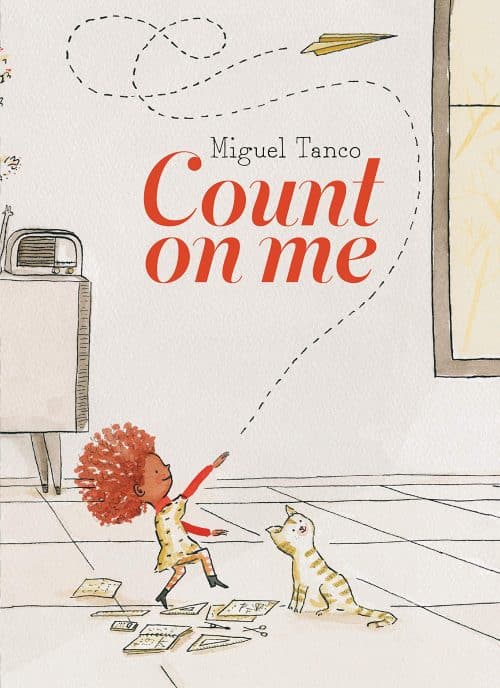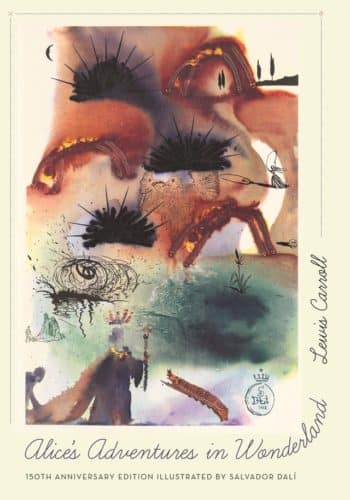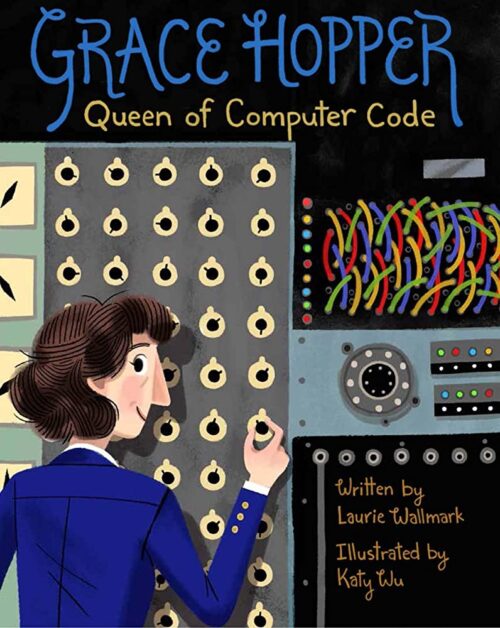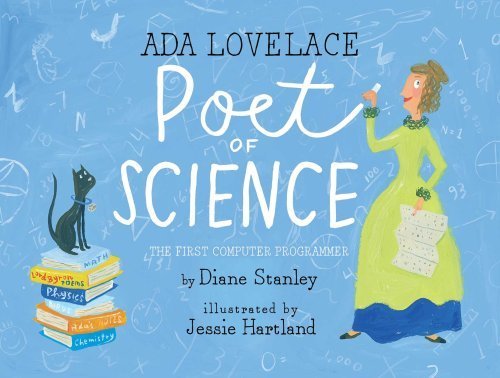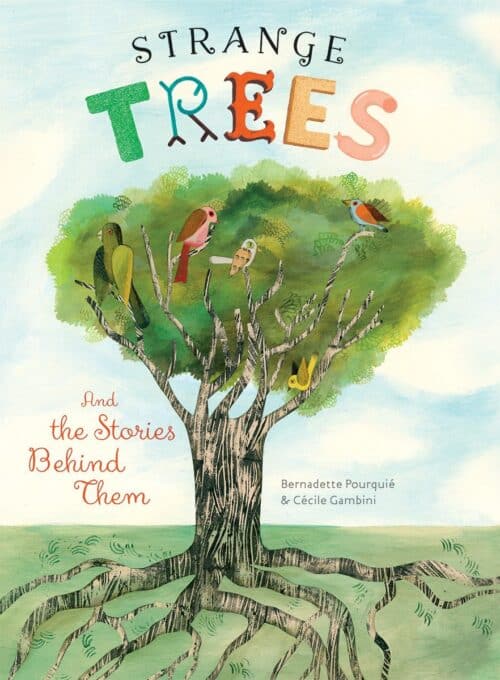“What is a River?” isn’t just a question asked by a curious child – it’s the title of an enriching exploration penned and illustrated by Monika Vaicenavičienė. This book stands out as a remarkable contribution to children’s literature, particularly within the STEM (Science, Technology, Engineering, and Mathematics) category. It is not only enlightening through its vivid storytelling but also successfully entices young readers into a world of profound natural wonders.
At its heart, “What is a River?” is an ode to the ebb and flow of one of nature’s most vital resource—rivers. Its pages take young readers on a journey across the globe, delving into the geographical veins that sustain both the Earth and its varied cultures. Packed with relevant information about rivers’ scientific aspects, the book does not shy away from the historical and industrial influence these water bodies have had over the years. Moreover, it ignites a sense of environmental stewardship, underlining the indispensable bond between human beings and the natural world.
The underlying message of connectivity remains a fundamental theme throughout the book. By showing how rivers are a lifeline for ecosystems, communities, and civilizations, Vaicenavičienė creates a tapestry interweaving humanity with the environment. It prompts readers – both young and old – to consider our impact and responsibility towards these flowing arteries of the planet.
In addition to the rich content, “What is a River?” shines through its artistic value. Vaicenavičienė’s illustrations are not merely add-ons; they are integral to the storytelling process, enabling a vivid understanding and capturing the imagination in a way that words alone may not. Each drawing acts as a window into various aspects of a river’s existence, aiding children’s comprehension of complex concepts while ensuring the journey through the book’s pages remains magical.
From a didactic perspective, this book is a goldmine. It serves as a crucial resource for educators and parents looking to instill a love for STEM subjects in children. The way “What is a River?” presents its themes allows children to see these topics as exciting mysteries to unravel, rather than dry, scholarly content. It proves that education can be adventurously experiential and interactive, thereby strengthening a child’s cognitive connection to learning.
It’s rare to come across a book like “What is a River?” that so effortlessly merges education with engaging storytelling. As a STEM book for kids, it surpasses expectations by challenging young minds to think beyond the superficial and dive deeper into understanding the fundamental elements of our world.
For any child with a hint of curiosity, this book is more than just a good read—it’s an adventure that can spark a lifelong passion for learning and exploration. “What is a River?” is highly recommended for its ability to teach, inspire, and connect.






